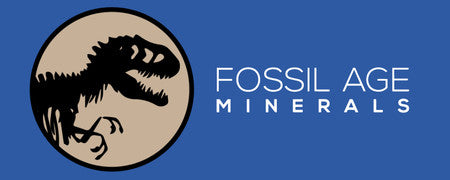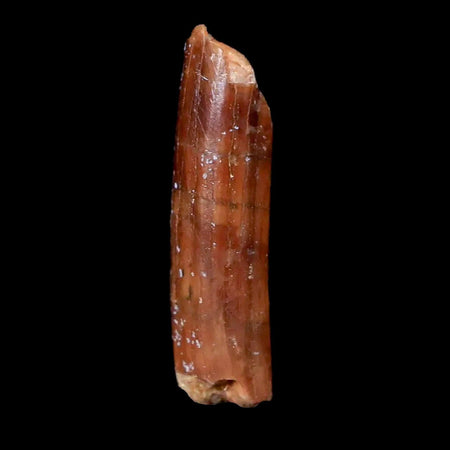-
- Home
- New Arrivals
- Dinosaur Fossils + -
- Fossil Teeth + -
- Trilobite Collection + -
- Insect Fossil Collection + -
- Meteorite Collection
- Minerals + -
-
Collections
+
-
-
Fish Fossils
+
-
- Armigatus Fossils
- Ctenothrissa Fish
- Diplomystus Dentatus
- Enchodus Libycus
- Eodiaphyodus Fossils
- Eutrichiurides Fossil
- Goulmima Fossils
- Hemisaurida Fish
- Knightia Eocaena Fossils
- Mako Shark
- Megalodon Fossils
- Onchopristis Numidus Sawfish
- Orthacanthus Fossils
- Otodus Shark
- Pachyrhizodus Fish
- Phacodus Punctatus
- Schizorhiza Stomeri Fish
- Scombroclupea Fossils
- Xiphactinus Fish
- Mammal Fossils + -
- Plant Fossils + -
-
Reptile Fossils
+
-
- Champsosaurus Gigas
- Crocodile Fossils
- Elasmosaurus Fossils
- Globidens Fossils
- Halisaurus Fossils
- Hoffmanni Fossils
- Ichthyosaurus Fossils
- Koskinonodon Metoposaur
- Mosasaurus Fossils
- Permian Age Fossils
- Phytosaur Fossils
- Platecarpus Fossils
- Plesiosaurus Fossils
- Postosuchus Fossils
- Prognathodon Fossils
- Pterosaur Fossils
- Sarcosuchus Fossils
- Turtle Fossils
- Other Collections + -
-
Fish Fossils
+
-
- By Price + -
- About Us + -
- FAQ
- Contact
- Clearance
- Log in
- Create account
























